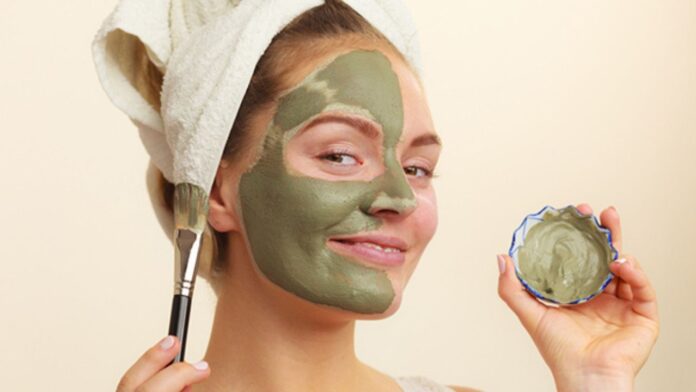Among the myriad marine organisms, seaweeds stand out as one of the most abundant sources of biologically active ingredients, possessing potent biological activities. Seaweeds, also known as marine macroalgae, are large, multicellular eukaryotic photosynthetic organisms categorized based on the presence of photosynthetic pigments like red algae, green algae, and brown algae.
The demand for seaweed-based cosmetic products has surged due to their ability to provide an alternative to synthetic options. Seaweed offers numerous skin benefits, including moisture retention, activation of cell renewal, regulation of cell metabolism, control of sebaceous secretion and tissue drainage, enhancement of blood circulation, and improvement of skin resistance.
The Top 4 Skin Benefits of Seaweed:
- Polysaccharides: Seaweeds are renowned for various polysaccharides. These polysaccharides, characterized by their significant biological skin-friendly activity, display antioxidant, anti-inflammatory, antimicrobial, antiviral, anticoagulant, and antilipidemic properties. They inhibit tyrosinase, addressing pigmentary disorders, and play a crucial role in preventing photoaging by inhibiting matrix metalloproteinase induced by UVB radiation. Additionally, they neutralize free radicals generated by UV rays.
- Amino Acids: Seaweeds are rich in various amino acids, serving as the building blocks of proteins. Macroalgae contain aliphatic amino acids, hydroxyl-group-containing amino acids, aromatic amino acids, and mycosporine amino acids. These amino acids contribute to a photoprotective effect, antioxidant effect, and anti-inflammatory effect. They also provide substantial hydration to the skin and act as a natural sunscreen.
- Phenolic Compounds: Seaweeds contain phenolic compounds like catechins, flavonoids, and anthocyanins. These compounds inhibit Matrix Metalloproteinase complex (MMP) and reduce collagen degradation. Some, like catechin, flavonoids, polyphenols, and carotenoids, exhibit free radical scavenging. Brown macroalgae-derived compounds, such as phlorotannins, demonstrate skin-whitening/antityrosinase effects, while zeaxanthin extracts display skin-whitening activity. These compounds also exhibit anti-haluronidase activity, playing a significant role in antiaging.
- Photosynthetic Pigments: Marine algae boast a diverse range of photosynthetic pigments, including chlorophylls, carotenoids (carotenes, xanthophylls, fucoxanthin, and peridinin), and phycobilins (phycocyanin and phycoerythrin). Red algae contain chlorophyll, phycobilin, carotenoids, β carotene, lutein, phycocyanin, and phycoerythrin, while brown algae possess chlorophyll a, c, carotenoids, fucoxanthin, and other pigments. The varied pigment profile of these seaweeds finds applications in photoprotection, anti-inflammatory effects, anticancer effects, and the inhibition of cell proliferation.

 हिंदी
हिंदी






